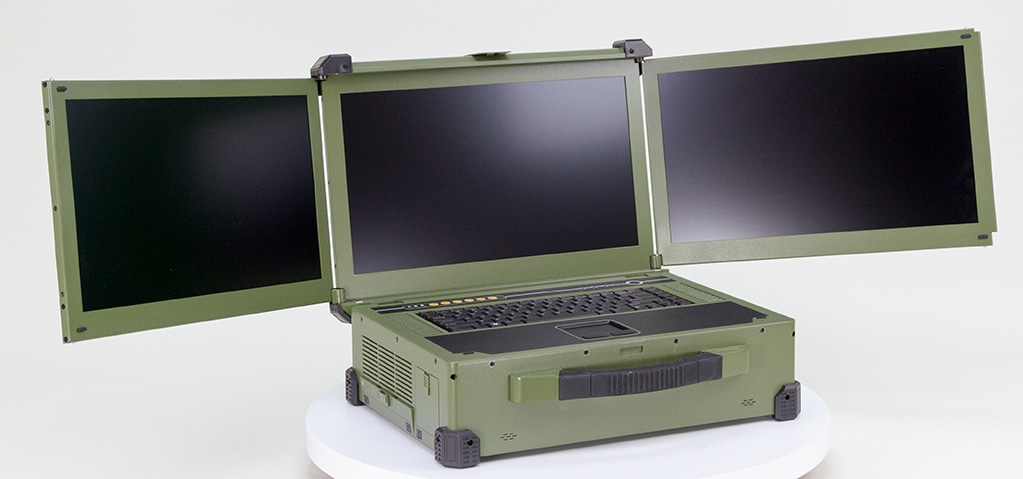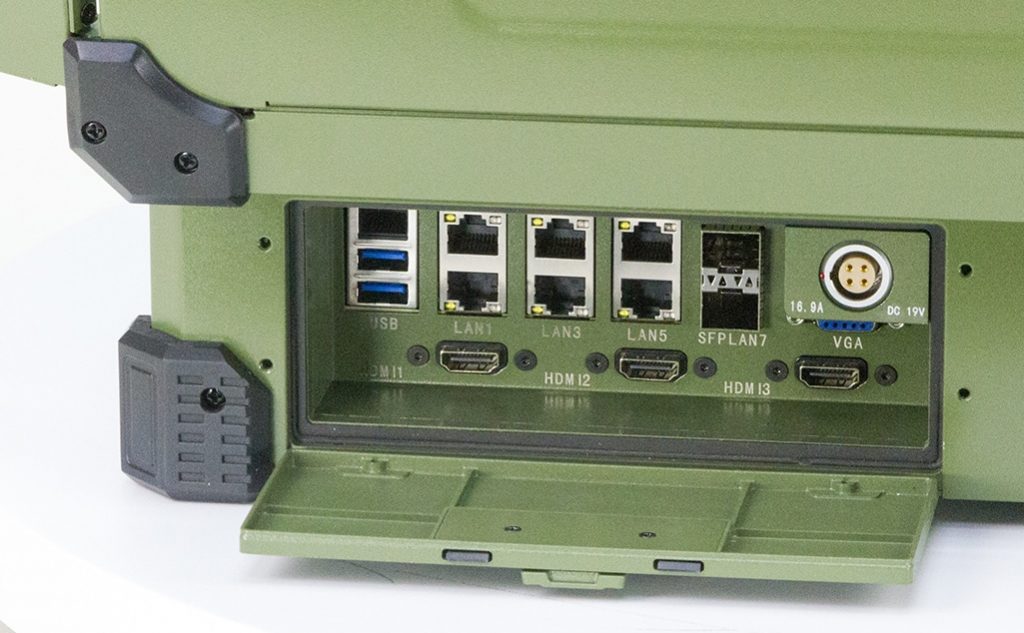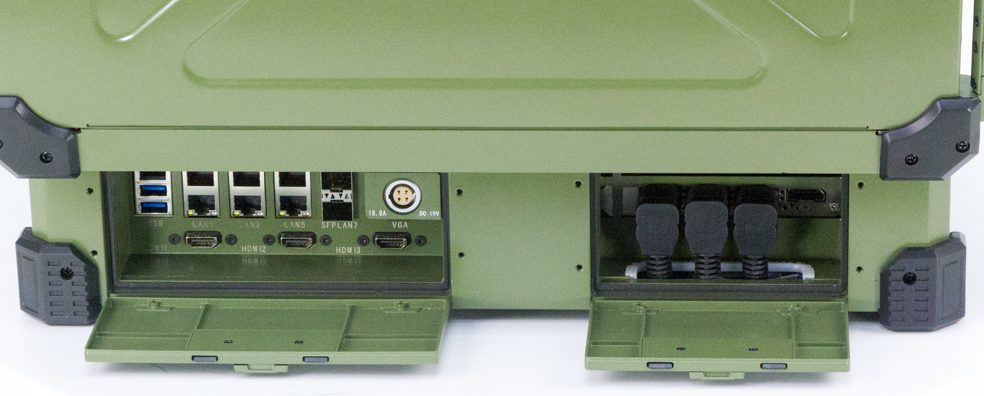


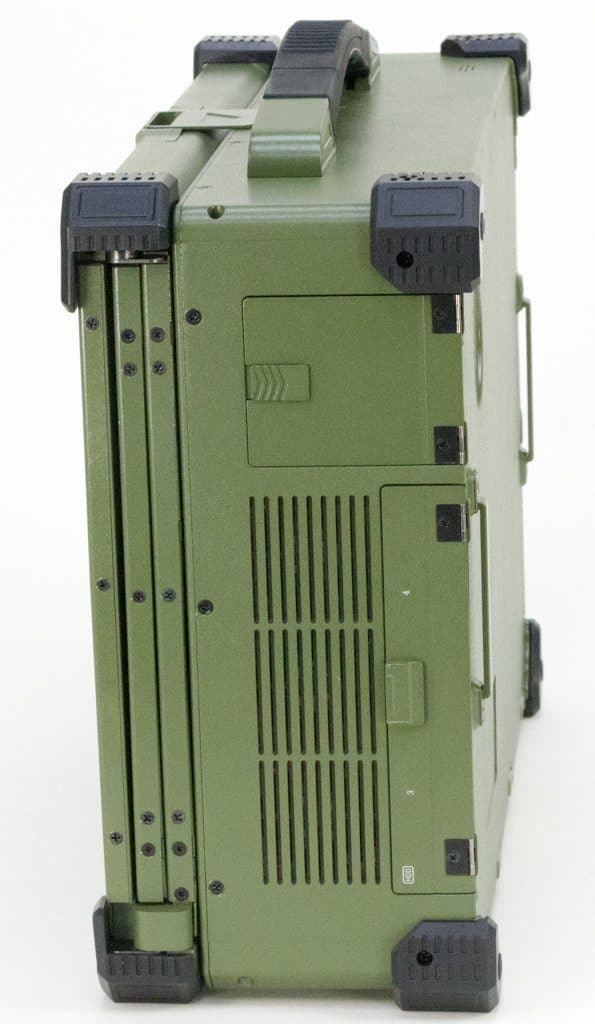
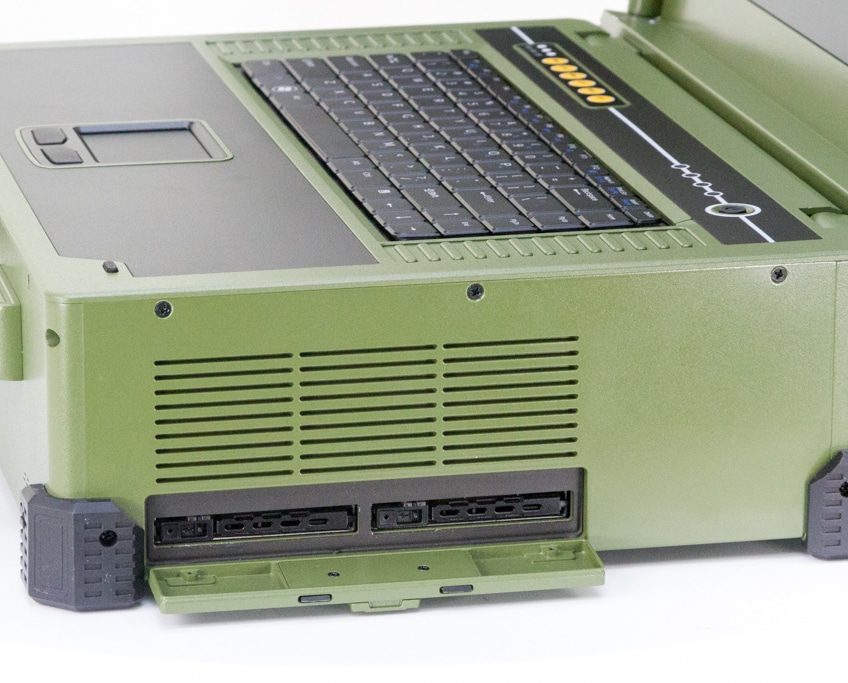
Mil-DTE-901E Lightweight. The lightweight test is a test performed on the lightweight shock machine. The weight of the test item including fixture to attach it to the test machine shall be less than 550 pounds.
Items to be tested shall be classified in accordance with one of the following grades, as specified:
Grade A. Grade A items are items which are essential to the safety and continued combat capability of the ship.
Grade B. Grade B items are items whose operation is not essential to the safety and combat capability of the ship but which could become a hazard to personnel, to grade A items, or to the ship as a whole as a result of exposure to shock.

Environmental Testing – Shock
Rugged Mil-Spec triple-screen laptop with 16 cores
MIL-DTL-901E is the detailed specification of a suite of tests for high impact shock for machinery, equipment, systems, and structures aboard a ship or submarine.
As part of a suite of tests required for deployed Navy systems, the Portexa NetPAC-III has been tested to the new Mil-DTL-901E standard.
Mil-DTL-901E replaced MIL-S-901D in June 2017.
MIL-DTL-901E goes beyond MIL-S-901D by specifying detailed testing procedures, including diagrams and examples.
The tests were performed at an accredited third-party test house and resulted in a clean pass. The Mil-DTL-901E Laptop test consists of:
- NotePAC-III-PRO is classified as a lightweight, Grade B test
- 9 Blows from 400lb hammer in 3 axis
- Blows from 1ft, 3t, and 5ft
- The unit was fully operational after the test
January 2020 UPDATE: Now shipping with 16 core processor!
“901-E is a pretty violent test – and is usually reagrded as destructive. The NotePAC-III-PRO booted up just fine after the test was completed.”
MIL-DTL-901E SCOPE
“This specification covers high-impact (H.I.) shock testing requirements for machinery, equipment, systems, and structures aboard surface ships, including carriers unless otherwise noted, and submarines, herein referred to collectively as “ships”. The purpose of these requirements is to verify the ability of shipboard installations to withstand shock loadings due to the effects of nuclear or conventional weapons or environmental mechanical shock during operation.”
|
The NotePAC-III-PRO falls under the category of ‘Lightweight shock test’. Three blows at hammer heights of 1, 3, and 5 feet shall be applied parallel to each of three mutually perpendicular axes of the item being tested. This is accomplished by attaching the test item by fixtures to an anvil plate and striking the anvil plate by three mutually perpendicular blows. |
|
3.1.10.2 Grade B items. Grade B items shall withstand shock tests conducted in accordance with this specification without creating a hazard (see 6.6.16) to personnel operating or manning Grade A equipment, including personnel at battle stations, or to Grade A items. Unless otherwise specified (see 6.2.1), the following shock test acceptance criteria shall apply to Grade B items, including all criteria identified in the definition of hazard (see 6.6.16): |
|
a. The shock tested item, portions thereof, or the contents thereof shall not come adrift due to exposure to shock. Exceptions to this criterion, which shall be approved by the Technical Authority on a case basis, will be acceptable in cases where it can be demonstrated that the weight, shape, and all other characteristics of the item that has come adrift are such as to preclude a significant impact threat to personnel or adjacent Grade A items. |
|
b. Injurious, flammable, radioactive, acidic, caustic, or otherwise hazardous liquids, solids, or gases shall not be released as a result of exposure of the tested item to shock. Exceptions to this criterion, which shall be approved by the Technical Authority on a case basis, will be considered in cases where it can be demonstrated that the nature, location, rate, or total possible amount of leakage is such as to prevent development of a significant threat to Grade A systems, personnel, or to the ship as a whole. In addition, and for purposes of this criterion, any fluid whose operating temperature is above 150 degrees Fahrenheit (°F) or below 0 °F shall be considered hazardous. Fluids at any temperature shall be regarded as hazardous if they might cause an electrical short. |
|
c. Tested items shall not demonstrate a potential for fire hazards. Any evidence of electrical shorts, the release of flame, smoke, or sparks shall be cause for rejection of the tested item, unless otherwise specifically approved by the Technical Authority on a case basis. |
|
d. It is not required that Grade B items be operable after shock-testing. Note: The NotePAC-III was fully operational after the test. |
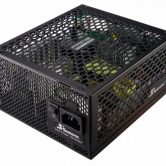
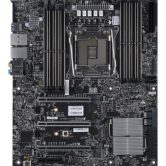
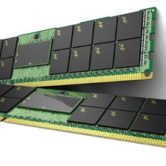
Built With BoldGrid
“The LWSM is a Navy-certified test machine that delivers multiple repeatable blows to an anvil plate to which the test system is affixed.”
NotePAC-III-PRO Computer specs:
16 Core Xeon processor, 512GB RAM, 30TB removable storage, CAC reader.
Three screens for 5760 x 1080 display scene.
Two 3/4 length PCIe Slots (x16, x8).
Back-lit keyboard.
Video capture card option.
Nvidia Quadro P4000 option.
Dual LAN with 10G SFP+ LAN (Fiber).
Dual LAN with 10Gbase-T (RJ45).
Quad LAN with Intel® Ethernet Controller I350-AM4 (RJ45).
